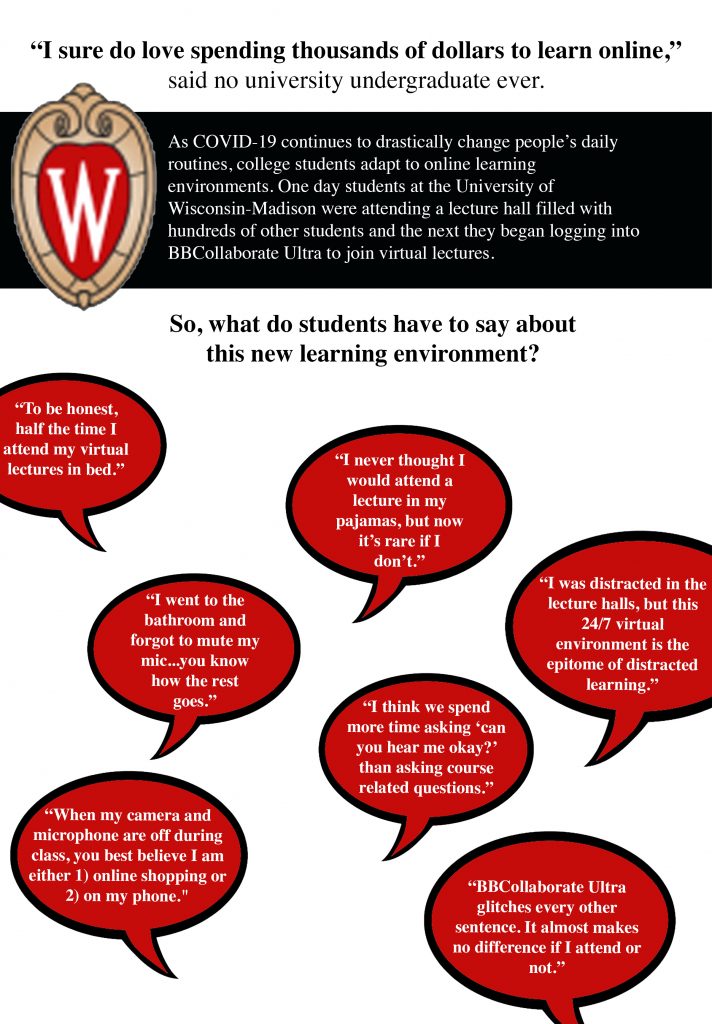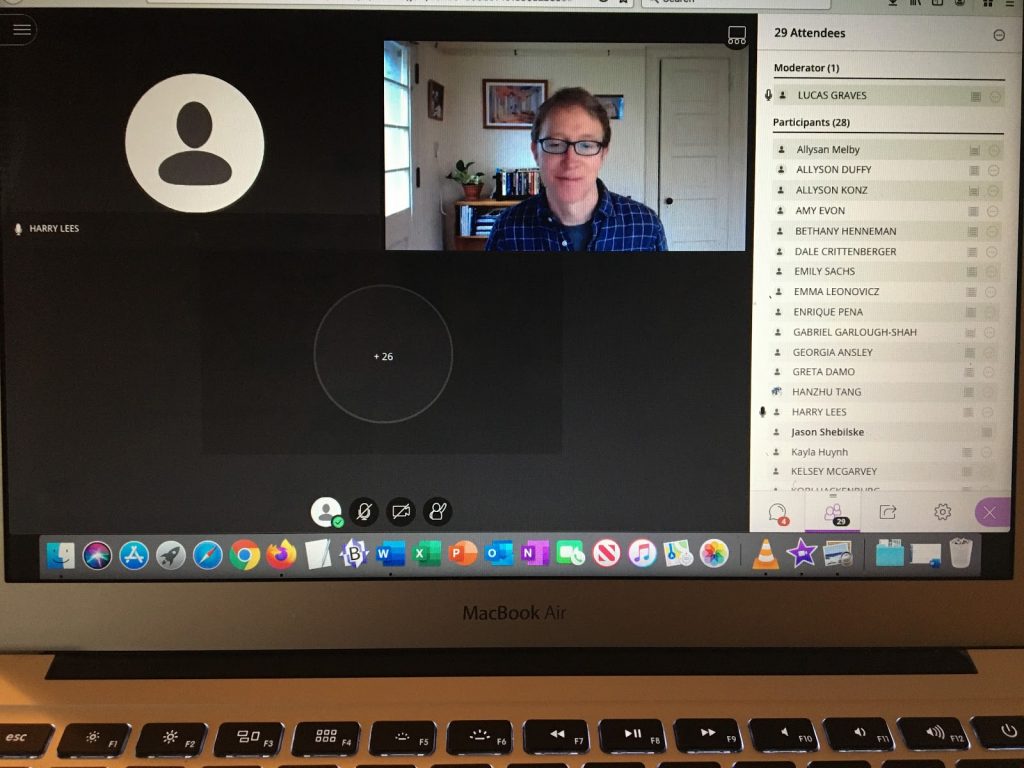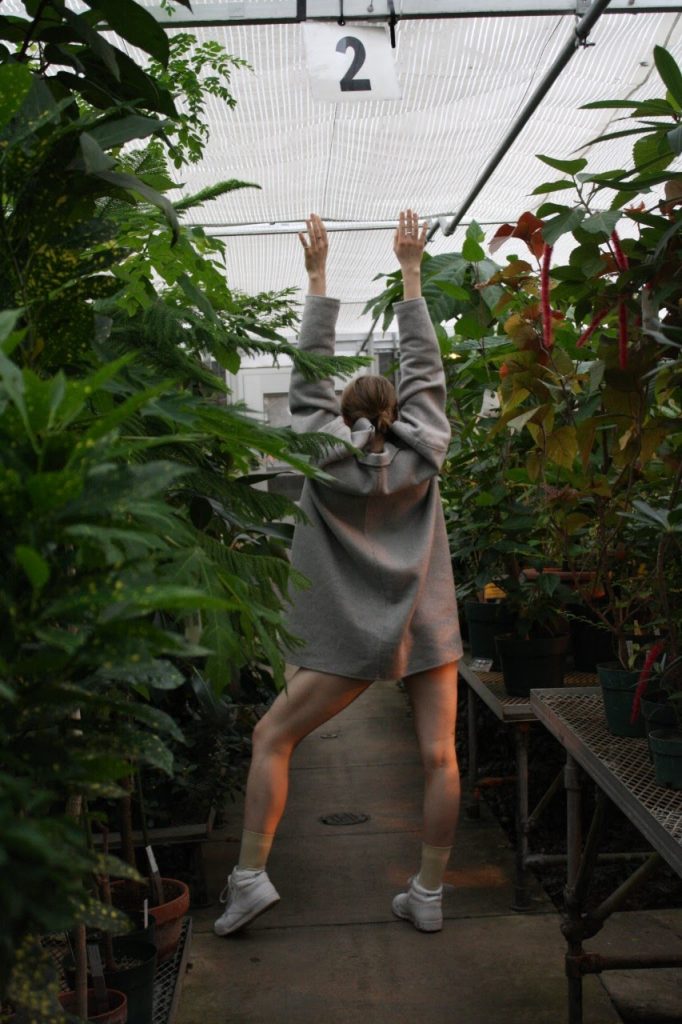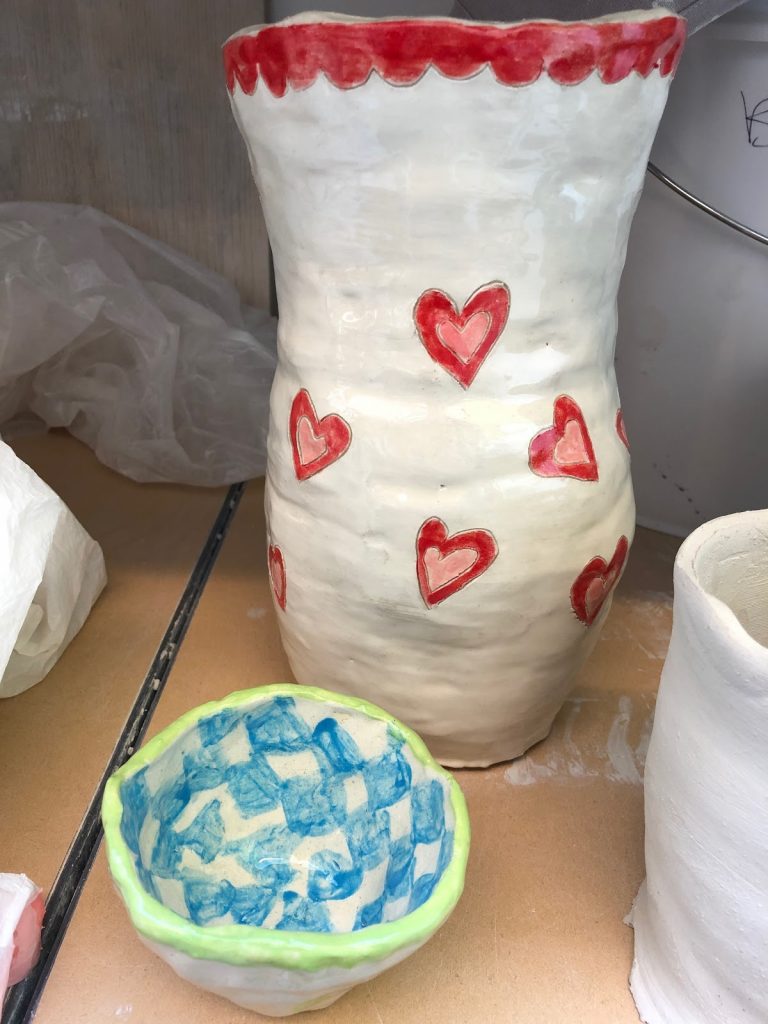A look at how UW students feel about online learning


Stories from S i x – F e e t – A p a r t
Journalism students reporting on life during COVID-19
UW Army Reserve Officer Training Corps (ROTC) Cadets have had to adapt to a new form of training after COVID-19 caused the university to suspend all in-person classes on March 11. A normal day for the Cadets would involve crawling through the woods on campus and conducting Physical Training (PT) together, but now they must rely on communicating everything through a computer screen.

When the announcement was made on March 11 that classes were shifting to online instruction, the University of Wisconsin was initially hoping to return to in-person classes as early as April 10. Then, in-person classes were canceled for the rest of the spring semester. Now, all summer courses have been moved online. Could the university eventually make a decision to move the beginning of fall instruction online?
The university has yet to discuss their plans for the fall semester, but with a mid-April report claiming that normal life may not return until at least 2022, it’s safe to wonder when in-person classes will be allowed to resume around the country.
The School of Journalism and Mass Communication is one department with unique classes that are greatly affected when the course isn’t able to meet in person.
Faculty associate Pat Hastings taught Long-Form Video this spring, and there were several obstacles she had to overcome while transitioning her class to online instruction.
“A lot of the techniques we use [are] really no longer possible,” Hastings said. “I had to rethink how to scale these projects down to make them doable but yet not lose the concepts.”
When the decision to suspend in-person classes was announced, Hastings and her students had to make several drastic changes to their final project, which involved filming an 8-10 minute documentary.
“For the long-form class, we had to change a lot,” Hastings said. “Most people changed their projects after already having their first one at least halfway done.”
Hastings is scheduled to teach Video Journalism in the fall, which teaches strategies for working in television journalism and allows students to develop their own newscast. Despite the challenges she faced from a lack of in-person classes this spring, Hastings isn’t too concerned about the possibility of online classes in the fall.
“I’m not worried if we are quarantined in the fall,” Hastings said. “The TV news class will be a challenge, but I think I have ways around that.”
Other professors in the journalism department, such as Professor Katy Culver, were prepared for the possibility of having to move classes online this spring.
“Before the UW called off face-to-face classes, I had a strong sense that that was going to be coming, so I started testing some different approaches in my class a week before so that we were kind of ready to go when it hit,” Culver said.
Culver’s class, Law of Mass Communication, relies on a unique mixture of lecturing and group discussions during class. As a result, Culver teaches her lectures synchronously and uses the university’s preferred video chatting platform, Blackboard Collaborate, to split the class into groups.
Junior Johnny Bildings is in Culver’s class, and he discussed the benefits of live lecturing even in a virtual setting.
“Katy Culver does a great job making sure we rely on Blackboard Collaborate to keep interacting with group members in real time, answer her lecture questions and keeping us engaged,” Bildings said. “Although it’s strange not seeing friendly faces, I would say the class structure and quality has been a pretty straightforward transition.”
Professor Kathryn McGarr used live lectures for one of her classes while she pre-recorded lectures for another. From a teaching standpoint, she discussed the shortfalls of being unable to connect with her students when lectures are pre-recorded.
“It’s just hard to know when students are getting it or when I’m going too fast or when I’m not explaining something well because they can’t stop me or give me a confused look, and I can’t stop the lecture and ask them for questions,” McGarr said.
In addition to having some uncertainty regarding students’ understanding of the course material, professors are also tasked with checking in on their students’ overall well-being. Professor Lucas Graves emphasized the importance of keeping track of their students during this period of uncertainty.
“Suddenly you’re really thinking about everyone’s well-being in a way that you might not be normally,” Graves said. “We’re always thinking about students’ well-being, but right now it’s front and center. It’s at the forefront of our minds. We’ve just tried to be really thoughtful about being aware of the challenges that different people are facing.”
Graves currently teaches a discussion-based course focused around how mass media affects political behavior. However, he’s tasked with teaching Mass Communication Practices in the fall, a six-credit course that all journalism students are required to take upon acceptance into the department.
“[Mass Communication Practices] is such an important class, it’s really the foundation for all of the work that students who are majoring in journalism and in strategic communication will do through the rest of their time in the J-School,” Graves said. “It depends so much on the work done in lab, and even on the collaboration and conversations that happen during lecture when everyone is seated together at the same table, and that’s very hard to recreate in an online environment.”
While students were able to build relationships with their professors and classmates in an in-person environment during the spring semester, part of the challenge of the fall semester potentially beginning online would be the inability to cultivate those types of relationships.
Even if the fall semester does begin with in-person courses, Graves stressed how there would still be a large amount of uncertainty at universities, both nationwide and around the world.
“Even if there are in-person classes in the fall, we’re not sure what the impact would be on enrollment,” Graves said. “Universities are a really large, complicated, interconnected engine, and this crisis hits almost every part of it, so there’s a lot of uncertainty right now, but I really hope that we’re teaching in-person in the fall and that we can begin the process of re-establishing normal routine. It’s not going to happen overnight, but I think a lot of us are anxious to start to work on that.”
It’s unclear when normal life will resume or what exactly it will look like, but students and professors are both eager to begin that process.
Silence drowns the halls of campus buildings once buzzing with creative chatter. Table saws silenced, woodshops locked, work benches cleared. Kilns sit empty and cold, ceramic wheels left stilled. Mirrors reflect the motionless studios in Lathrop Hall, void of their daily dance entertainment.
For studio-based art students, going online has ultimately halted their education.
“I think for the most part, online art classes aren’t really art classes,” junior graphic design BFA student Ellie Braun said. “It is hard to recreate that experience, if you think about painting students or screen printing students, they are not getting the education they signed up for, they are not able to gain those skills because it is such a hands-on thing.”
The skills for their tactile professions adjourned for the rest of the semester, forcing graduating seniors out of the nest sooner than anticipated.
“I feel like I graduated early. I was just shoved into the real world way sooner than I expected,” senior BFA woodworking student Lauren Newby said.
“Being cheated out of our last months of undergraduate is a huge deal and I feel like no one is talking about that,” senior BFA dance student Alice Svetic said. “I have given my heart and soul to this dance department for the past four years, that is all I have cared about.”

Not to mention how spring break unintentionally marked the end of the in-person semester, leaving incomplete projects stranded in the studios.
“But there wasn’t really much we could do, especially the way it coincided with spring break…it was like ope, now everyone is locked out,” Newby said.
Even for students not graduating, going online has resulted in longing and disappointment.
“I am quite bummed out because I had so many ideas for projects I wanted to do…outside of class. And now I don’t get any of the opportunity, but I am still paying for it…” Braun said.
Paying for classes that do not have the same effect online has spurred even more animosity. Especially when professors have taken their own liberty in enforcing varying levels of involvement.
“It is hard because it is so individualized, how is everyone having a similar experience…when I can basically dance full out and other people I know are not having that but we are all paying the same amount of money,” Svetic said. “My ballet class, I am getting zero personal instruction and we’re still going to have to pay.”
“I feel the implications because you can’t get help as much, you can’t interact with your classmates as much. So I think it [going online] has a huge impact, the whole art department is online and the vast majority of those classes have to be taught in person,” Braun said.

“A lot of technique classes for dance are actually lab courses, not lectures; they are actually in the studio hands-on so how are we supposed to do lab courses when we are not in the studio, when we’re not face-to-face, so give me my money back please,” Svetic said.
Students struggling with their mental health in this especially unstable time has added another dimension to navigating online classes.
“There are individuals with severe mental health problems, and they don’t know from day to day; [one day] they could be able to have their video on and be super present, but the next day they are just unable to do that, so they can’t show up for class, so then how are we all expected to have the same experience…” Svetic said.
Cabinets left cuts away from completion, pieces choreographed without a showcase, skills on a potters wheel left unknown.
“We didn’t really even get to make anything on the wheel. I got one pinch pot out of the entire class,” Braun said about her ceramics class.
“I won’t end up with two [cabinets] which was ultimately the plan. But it is okay, I think we have all come to terms with it,” Newby said.
Still those creative minds constantly need stimulus, with some student’s appreciating the structure and taste of normalcy classes offer.
“Honestly this [having classes via video] is the only thing keeping me sane, having a scheduled dance class and having that embodied practice in my schedule,” Svetic said. “I am thankful for these online classes and the teachers making us do the most because that is giving me just a little taste of normalcy.”
Some even find the extra time nifty.
“It is a nice way to scour the internet for opportunities, as a senior especially; it is giving you so much time to really contemplate where you want to be and what you want to do and to research opportunities which I do not think I really gave myself time to do before,” Newby said. “Giving yourself something to look forward to and keeping your name out there.”
Others find classes a burden to their creative flow.
“I feel like I have so much homework where I cannot even do the projects that I want to do which is frustrating because I don’t care about these [school] projects anymore…Keeping motivation to produce work that I care about is just different when you are not around your classmates, and you’re not able to see what they’re doing,” Braun said. “I think it is hard to create the atmosphere of art classes where you are not commenting on each other’s stuff as the process goes along and able to ask for help from your classmates.”

With creativity at the core of their identity, going online will never match the communities these art students have built themselves upon.
“If not a dancer, I don’t really know who I am. Yes I can dance a little bit in my house, and make these silly dance projects, but it’s just not the same…When literally all of your identity is based off this thing you cannot do anymore…I don’t understand how I am supposed to access that kind of sense of self,” Svetic said.
Going online impairs art students’ opportunity to their education, and even to their sense of self, something the university is going to have to consider moving forward.